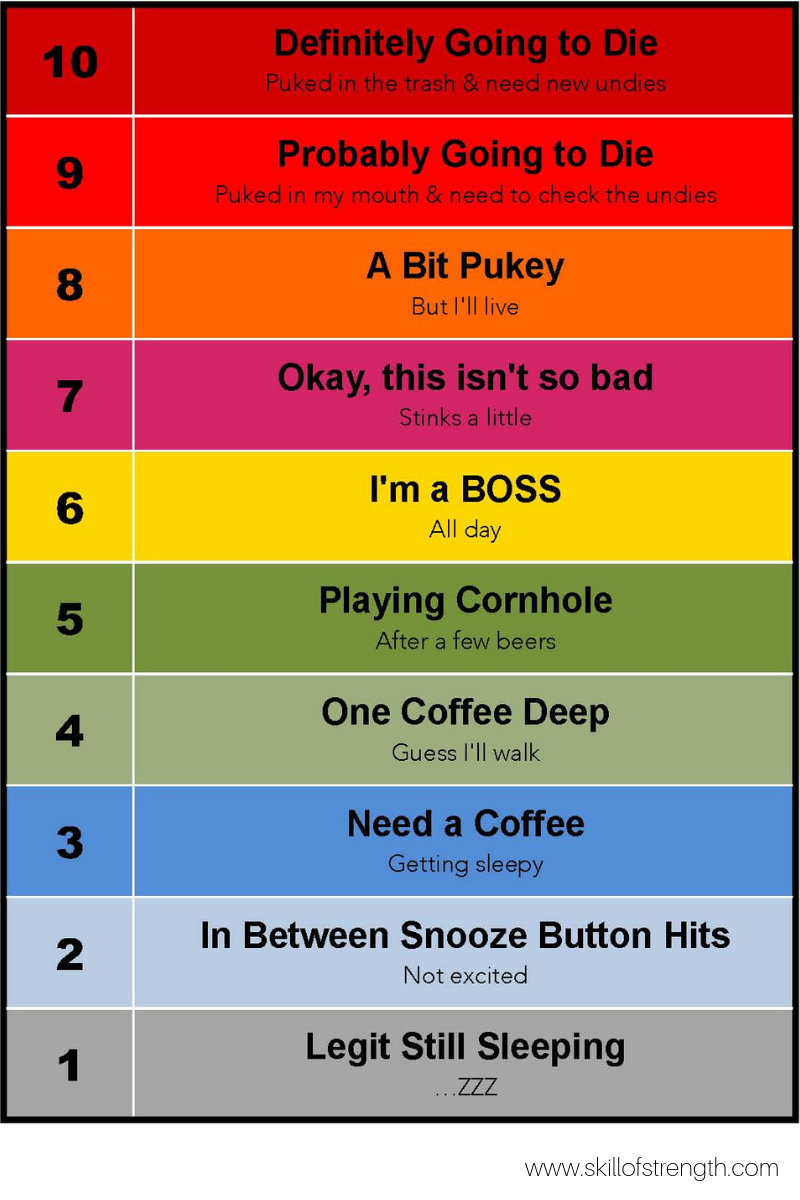Conditioning for Beginners: Where To Start?
When people start thinking about ‘adding cardio’ into their training program, they usually think of either running/jogging or some sort of watered down boot camp/group exercise class.
Running
I think running is great, when appropriate, but here are a few issues I see when people start running again after a long hiatus.
Running is a skill, but unfortunately people don’t treat it that way. Not only do most people start with way too much volume, but they also head out the door and start pounding pavement with glaring movement asymmetries, poor tissue quality, and virtually no game plan. I’ve seen this type of situation countless times and it often leads to nagging injuries.
Listen, like I said, I love running, but hopping off of the couch and starting to run without a plan is usually a recipe for injury. If you choose to add running into your program, start small and remember that for some people 1 mile is way too much volume right off the bat.
Boot Camp/Group Exercise
I do believe that boot camp style classes can be very beneficial. The devil is in the details.
When designed appropriately, this type of fitness class can be fantastic for driving heart rate and burning calories. However, these boot camp classes are not always programmed correctly and they’re not always taught by qualified instructors.
Here’s what I’ve seen firsthand. The instructor sets a timer for :30 on, :30 off. There are 10 stations with various exercises. The timer starts, and the beat down begins. This cookie cutter template is repeated a few times and you are destroyed. You leave sweaty, sore and tired. Great work out right?
Maybe. If you’re already in good shape and understand how to do the exercises with proper exercise technique, or at least decent exercise technique. If you’re butchering the exercises, move like crap and have been sitting on your coach for the last 60 days, you probably got in over your head. Yup, another recipe for injury.
Look, making someone tired is easy, I honestly believe that everyone who reads this blog could design a workout to make someone else tired.
Its so easy, a caveman can do it.

Conditioning Exercise Selection
A few things you should be able to answer when designing a conditioning program for beginners…
- Is this program that is sustainable overtime?
- How can you alter the variables to ensure you make progress?
- How do you track and/or measure progress?
From my experience, there is a right way and a less than optimal way to design a conditioning program for beginners. Destroying people with ridiculous intervals, excessive volume and poor exercise selection is not the answer.
I’m a firm believer that everyone should ‘earn their conditioning exercises’.
What does this mean? Well, for beginners, it simply means choosing exercises that are safe, effective, and will allow them to work hard, without risking injury. To start, the list of exercises may be fairly small and that’s okay. I would rather challenge someone safely with 4 to 6 exercises then put them at risk with 15.
Burpee’s, kettlebell swings, medball throw variations, uphill sprints and/or suicides can be great exercises to use for conditioning purposes, but it truly depends on the client, their movement efficiency, skill set and ability to manage their skill as fatigue sets in.
Bikes, sleds, skiergs, rowers, arc trainers, battling ropes are all fantastic choices that are:
- relatively safe
- easy to perform
- simple to progress
- a bit more joint friendly
Hint: stick with these exercises above at first.
Conditioning Metrics
Now that you’ve figured out your exercise choices, you need some metrics to help ensure safety, track progress and provide ‘muscle confusion’ … jk, that last one is #fakenews.
Here are some simple ideas on how to utilize metrics and track progress for conditioning in beginners.
- Distance covered over time
Joe biked 5 miles in 25 minutes
- Watts or power production
On each sprint, aim to hit 1000+ watts
- Mph
Try to maintain 13 mile per hour for the next 10 minutes
- Estimated calories burned
Burn approximately 400 calories over the next 60 minutes
- Heart rate
Keep your heart rate between 70 and 82% for the next 20 minutes
- Repetitions performed
Your goal is to perform 100 kettlebell swings. I would suggest 10 sets of 10.
- Intervals completed
Perform 10 intervals of bike intervals. It will be :7 on, :35 off.
- Perceived rate of exertion (PRE)
Stay at a PRE of 7 for the next 25 minutes
Are any of these perfect besides the PRE scale?

No, but a combination of these is a great place to start.
A beginner conditioning program should be pretty simple and allow for plenty of room for growth. Your programming should evolve as your client becomes stronger, improves coordination and gains experiences.
We do conditioning in our MOVE strength and conditioning classes and utilize tons of exercises that allow our members to work as hard as is appropriate for them. We also have conditioning classes on Saturdays to end out the week with a great sweat, team building and an opportunity to play (while burning calories like crazy).
Our newest conditioning class, PERFORM, is geared towards members who are looking to maintain and develop power, agility, conditioning and overall athleticism. Keeping your conditioning up is important for your cardiovascular health and it’s also pretty darn helpful if you’re active outside the gym and/or want to improve in a sport!
Use common sense, train smart and train hard!
